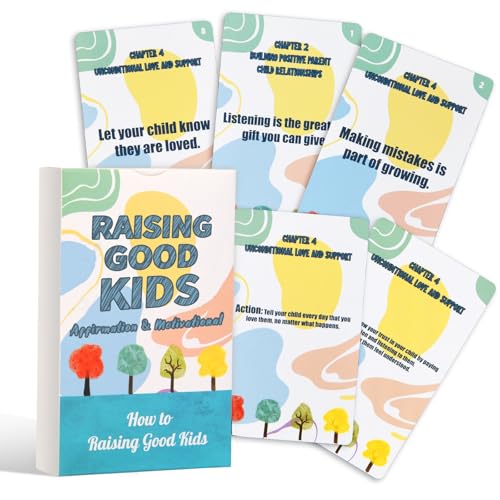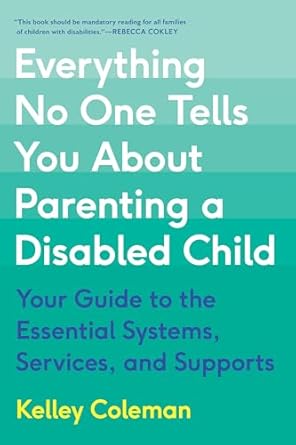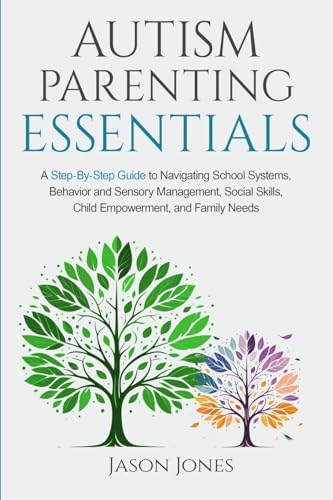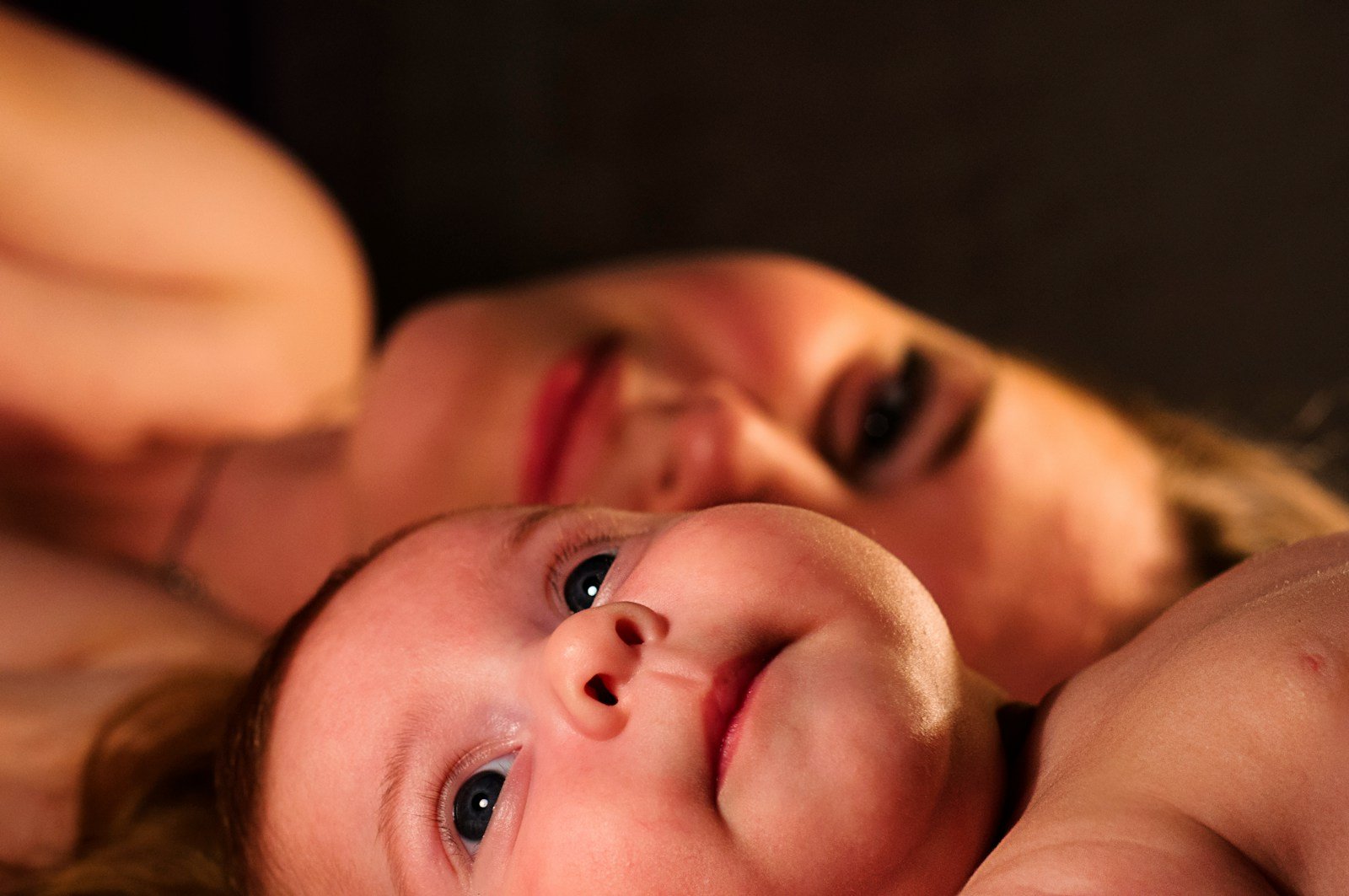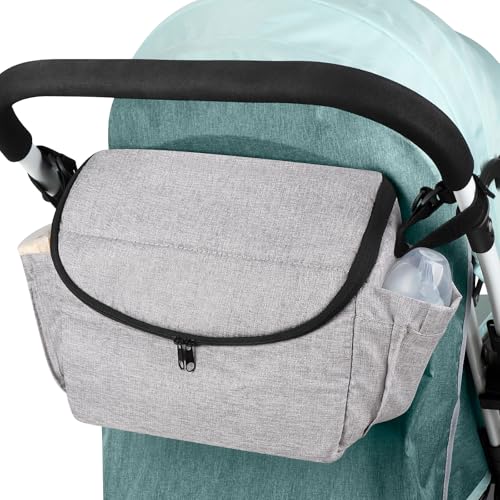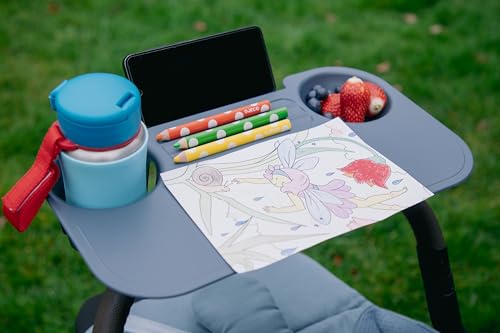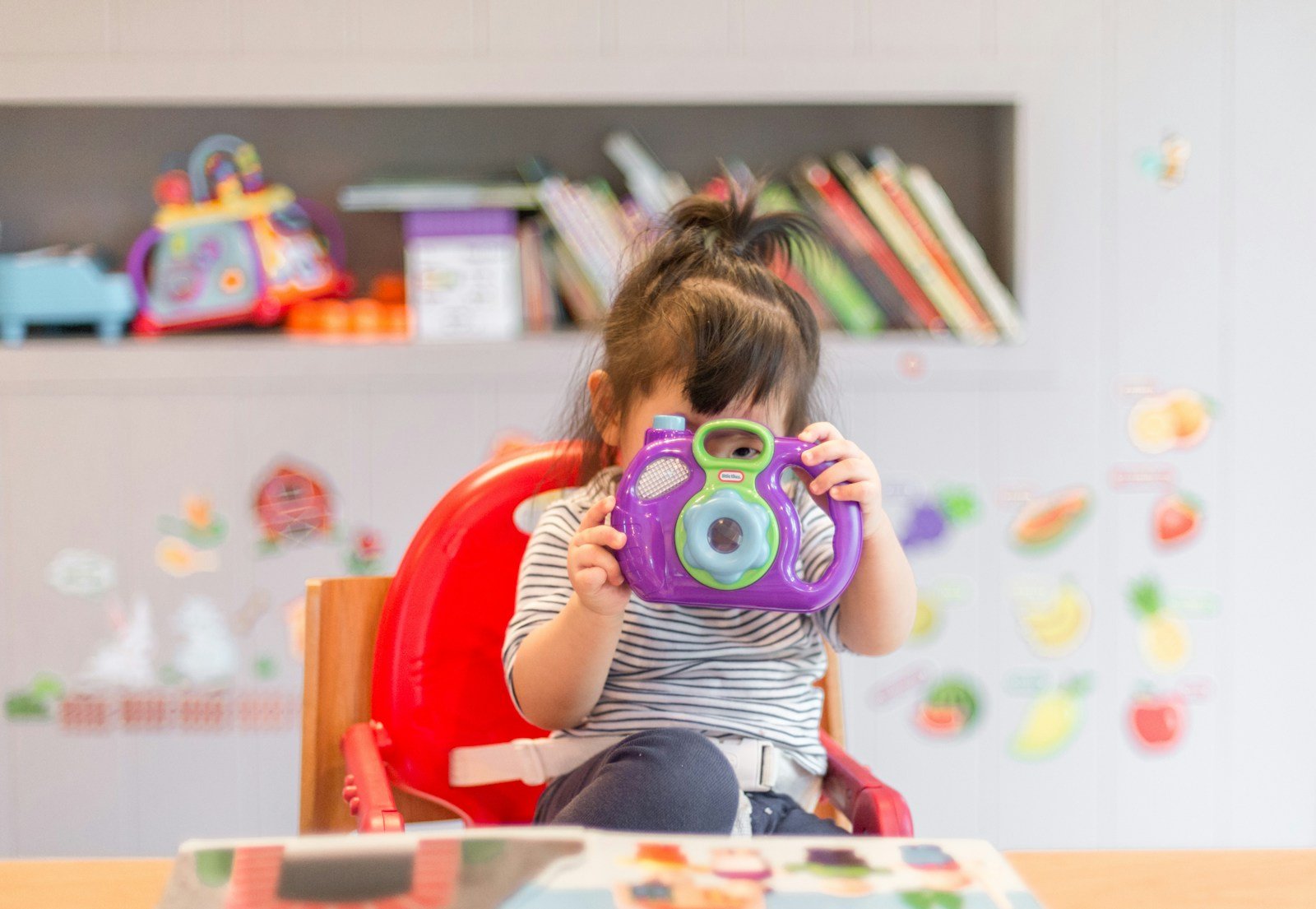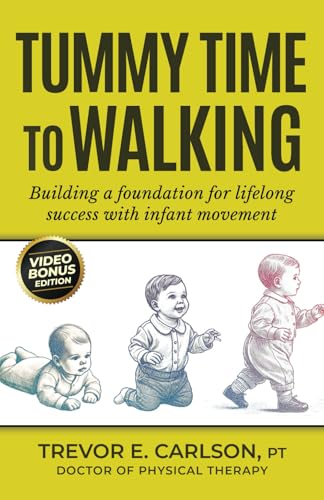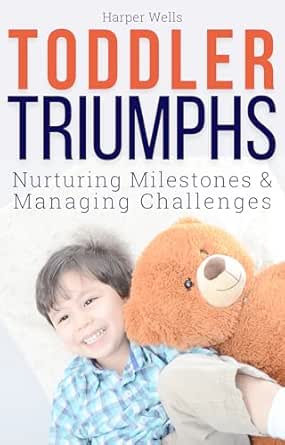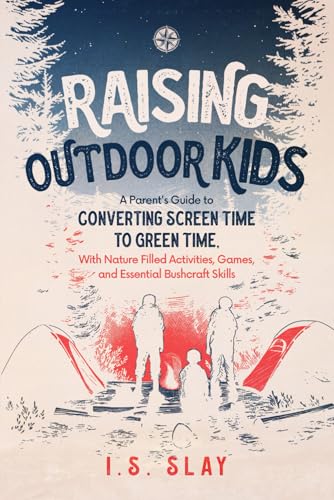When it comes to parenting essentials, different cultures around the world have their own unique approach to baby gear. In some cultures, traditional baby gear is deeply rooted in history and tradition, while in others, modern trends and technology play a significant role. For example, in many Asian cultures, babywearing is a common practice, with parents using traditional slings and carriers to keep their babies close.
In contrast, in Western cultures, strollers and prams are more commonly used for transporting babies. Additionally, the types of clothing and bedding used for babies can vary greatly from one culture to another. In some cultures, swaddling is a common practice, while in others, babies are dressed in layers of clothing to keep them warm.
Understanding these cultural differences in baby gear is important for parents who want to embrace diversity and learn from different parenting practices around the world. In many African cultures, traditional baby gear such as handmade blankets and clothing are highly valued. These items are often passed down through generations and are considered to have special significance.
In some cultures, specific colors and patterns are used to symbolize different aspects of the baby’s life, such as protection and prosperity. Additionally, in many indigenous cultures, natural materials such as animal skins and plant fibers are used to create baby gear, reflecting a deep connection to the environment. These traditional practices highlight the importance of cultural heritage and the role it plays in shaping parenting essentials around the world.
Key Takeaways
- Different cultures have unique approaches to parenting essentials and baby gear.
- Traditional parenting essentials vary widely across the world, reflecting cultural differences.
- Modern trends in baby gear also differ across cultures, influenced by technological advancements and changing lifestyles.
- Cultural influences play a significant role in shaping baby gear choices, reflecting values, beliefs, and societal norms.
- Exploring diversity in baby gear practices provides a global perspective on parenting essentials, highlighting the impact of culture on preferences.
Traditional Parenting Essentials Around the World
Traditional parenting essentials vary greatly from one culture to another, reflecting the unique values and beliefs of each society. In many Middle Eastern cultures, for example, the hammock cradle is a traditional baby gear item that has been used for centuries. This type of cradle is believed to promote better sleep for babies and is often decorated with intricate designs and patterns.
Similarly, in many Latin American cultures, the rebozo, a long woven scarf, is used as a versatile baby carrier and is considered an essential item for new mothers. These traditional parenting essentials not only serve practical purposes but also hold cultural significance and are often passed down through generations. In some Asian cultures, such as in India and China, traditional baby gear such as handmade quilts and embroidered clothing are highly valued.
These items are often made with great care and attention to detail, reflecting the importance of family and community in these cultures. Additionally, in many indigenous cultures around the world, traditional baby gear is often made using natural materials such as animal hides, feathers, and plant fibers. These items are not only practical but also hold spiritual significance, reflecting a deep connection to the natural world.
Understanding and appreciating these traditional parenting essentials can provide valuable insights into the cultural values and beliefs of different societies.
Modern Trends in Baby Gear Across Cultures
In recent years, modern trends in baby gear have become increasingly globalized, with parents around the world embracing new technologies and innovations. For example, in many Western cultures, high-tech baby monitors and smart cribs have become popular choices for new parents looking to ensure the safety and well-being of their babies. Similarly, in many Asian cultures, modern baby carriers with ergonomic designs and adjustable features have gained popularity among parents who value both style and functionality.
Additionally, in many African cultures, modern cloth diapers made from sustainable materials have become a popular choice for environmentally conscious parents. These modern trends in baby gear reflect the increasing influence of globalization and the ways in which technology is shaping parenting practices around the world. In some cultures, modern trends in baby gear are also influenced by fashion and design trends.
For example, in many European cultures, designer strollers and luxury baby accessories have become status symbols for affluent parents who want to provide the best for their children. Similarly, in many Latin American cultures, brightly colored and patterned baby clothing and accessories are popular choices for parents who want to embrace vibrant cultural traditions. These modern trends in baby gear not only reflect changing consumer preferences but also highlight the ways in which cultural influences shape parenting practices on a global scale.
Cultural Influences on Baby Gear Choices
| Culture | Approach to Baby Gear |
|---|---|
| Western | Emphasis on strollers, cribs, and car seats |
| Asian | Preference for baby carriers and co-sleeping |
| African | Focus on baby wraps and traditional cloth carriers |
| Latin American | Use of hammocks and traditional cradles |
Cultural influences play a significant role in shaping baby gear choices around the world. In many cultures, specific colors, patterns, and symbols are used to convey important cultural values and beliefs through baby gear. For example, in many Asian cultures, the color red is considered to bring good luck and prosperity, and is often used in baby clothing and accessories.
Similarly, in many African cultures, specific patterns and motifs are used to symbolize important aspects of the baby’s life, such as protection and fertility. These cultural influences not only reflect the importance of tradition but also serve as a way for parents to connect their children to their cultural heritage. In addition to colors and patterns, cultural influences also shape the types of materials used in baby gear.
In many indigenous cultures, natural materials such as animal hides, plant fibers, and feathers are used to create baby gear that reflects a deep connection to the natural world. Similarly, in many Middle Eastern cultures, intricate embroidery and weaving techniques are used to create beautiful and functional baby gear items that hold special cultural significance. Understanding these cultural influences on baby gear choices can provide valuable insights into the ways in which different societies value tradition and heritage.
Global Perspectives on Parenting Essentials
When it comes to parenting essentials, it’s important to recognize that there is no one-size-fits-all approach. Instead, there are diverse perspectives on parenting practices around the world that reflect the unique values and beliefs of each culture. For example, in many Western cultures, convenience and practicality are often prioritized when it comes to baby gear choices, with an emphasis on modern technologies and innovations.
In contrast, in many Asian cultures, traditional practices such as babywearing and swaddling are highly valued for their close connection to cultural traditions. Similarly, in many African cultures, handmade baby gear items that reflect a deep connection to nature and community are highly valued for their spiritual significance. These diverse perspectives on parenting essentials highlight the importance of understanding and appreciating different cultural practices when it comes to raising children.
By embracing global perspectives on parenting essentials, parents can gain valuable insights into the ways in which different societies prioritize the well-being and development of their children.
The Impact of Culture on Baby Gear Preferences
The impact of culture on baby gear preferences is significant, shaping the choices that parents make when it comes to raising their children. In many cultures, specific rituals and traditions surrounding pregnancy and childbirth influence the types of baby gear that are used. For example, in many Latin American cultures, the practice of “cuarentena” involves a period of rest and recovery for new mothers after childbirth, during which specific types of baby gear such as rebozos and hammock cradles are used to promote bonding between mother and child.
Similarly, in many Asian cultures, specific customs such as the “full moon celebration” influence the types of baby gear that are used to mark important milestones in a baby’s life. These cultural practices not only shape the types of baby gear that are used but also reflect the ways in which different societies prioritize the well-being and development of their children. By understanding the impact of culture on baby gear preferences, parents can gain valuable insights into the ways in which different societies value tradition and heritage.
Exploring Diversity in Baby Gear Practices
Exploring diversity in baby gear practices can provide valuable insights into the ways in which different cultures prioritize the well-being and development of their children. By embracing diverse perspectives on parenting essentials from around the world, parents can gain a deeper understanding of the unique values and beliefs that shape different societies. For example, in many indigenous cultures, traditional baby gear items made from natural materials such as animal hides and plant fibers reflect a deep connection to the environment and a respect for nature.
Similarly, in many African cultures, handmade baby gear items that hold special cultural significance reflect the importance of community and tradition in raising children. By exploring diversity in baby gear practices, parents can gain valuable insights into the ways in which different societies prioritize the well-being and development of their children. This can lead to a greater appreciation for cultural diversity and a deeper understanding of the ways in which different societies approach parenting essentials.
In conclusion, the world of baby gear is rich with diversity and cultural significance. From traditional parenting essentials rooted in history and tradition to modern trends influenced by globalization and technology, there is a wide range of perspectives on parenting practices around the world. Understanding these cultural differences can provide valuable insights into the ways in which different societies prioritize the well-being and development of their children.
By embracing global perspectives on parenting essentials and exploring diversity in baby gear practices, parents can gain a deeper appreciation for cultural diversity and a greater understanding of the unique values and beliefs that shape different societies.
FAQs
What is baby gear?
Baby gear refers to the essential items and products that are used to care for and raise a baby, such as strollers, car seats, cribs, high chairs, baby carriers, and diaper bags.
How do different cultures approach baby gear?
Different cultures have varying approaches to baby gear, influenced by factors such as tradition, climate, and lifestyle. This can result in differences in the types of baby gear used, as well as how it is used and perceived.
What are some examples of how different cultures approach baby gear?
Some examples of how different cultures approach baby gear include the use of traditional baby carriers in cultures such as the Inuit and Maasai, the preference for co-sleeping and babywearing in many Asian cultures, and the emphasis on practical and minimalist baby gear in Scandinavian countries.
How does culture influence the choice of baby gear?
Culture influences the choice of baby gear through factors such as tradition, societal norms, economic conditions, and lifestyle. For example, in cultures where extended family living arrangements are common, there may be less reliance on certain baby gear items such as cribs or strollers.
What are some universal baby gear essentials across cultures?
While specific baby gear items may vary across cultures, some universal baby gear essentials include items for feeding, sleeping, transportation, and safety. These essentials may be adapted to fit the cultural norms and preferences of different societies.





